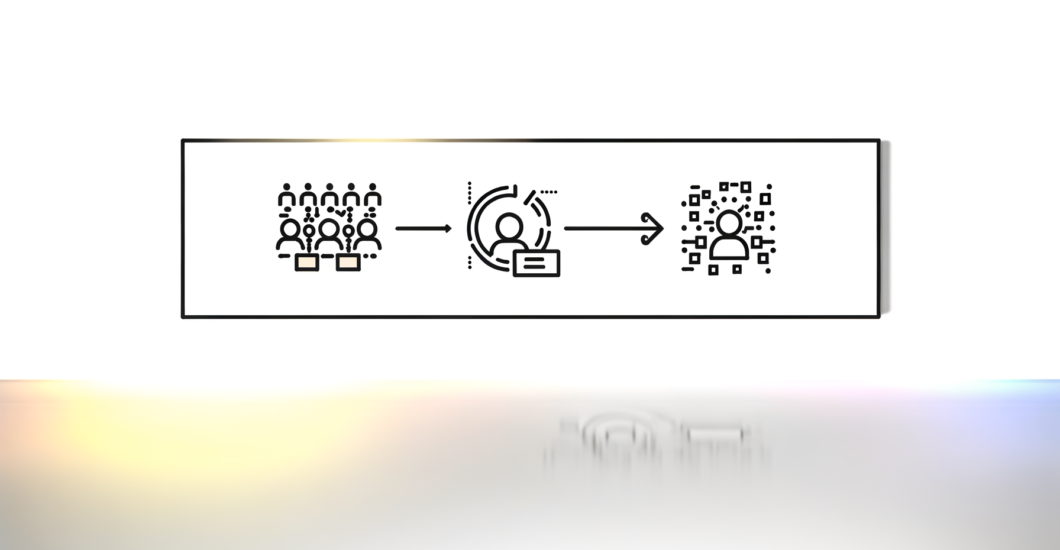From Data Overload to Smart Automation: AI-Powered Workflow Solutions
In an age where information flows like an unending stream, businesses are drowning in data, struggling to extract meaningful insights amidst the chaos. Yet, amid this data overload, a game-changer has emerged: AI-powered workflow solutions. These intelligent systems transform overwhelming amounts of information into actionable insights, streamlining processes and enhancing productivity. Imagine harnessing the power of artificial intelligence to automate mundane tasks, enabling your team to focus on innovation and strategic growth. In this article, we will explore how AI-driven automation reshapes the workplace, the benefits of adopting these solutions, and real-world applications that are transforming industries.
The Necessity of Automation in Today’s Business Landscape
As businesses grapple with unprecedented volumes of data, the need for automation has never been clearer. Traditional workflows often involve labor-intensive processes that are not only time-consuming but also prone to human error. This inefficiency can lead to missed opportunities and hindered growth. Companies are realizing that to stay competitive, they must leverage technology to streamline operations.
AI-powered automation provides a robust solution. By taking over repetitive tasks such as data entry, customer service queries, and inventory management, these systems free up human resources to focus on high-value work. Not only does this shift lead to improved efficiency, but it also enhances employee satisfaction, as staff can engage in more meaningful and intellectually stimulating activities.
Understanding AI-Powered Workflow Solutions
At the heart of AI-powered workflow solutions are advanced algorithms that learn and adapt to user behavior. These systems can analyze patterns, predict outcomes, and make data-driven decisions—all in real time. Imagine a tool that recognizes a customer’s purchasing habits and automates personalized marketing campaigns, or one that optimizes supply chain logistics by predicting demand trends.
Key features of these solutions include:
- Machine Learning: Systems learn from historical data to improve accuracy over time.
- Natural Language Processing: Enables more intuitive interactions with technology through spoken or written communication.
- Robotic Process Automation (RPA): Automates routine tasks across applications without human intervention.
By understanding the capabilities of these solutions, businesses can better assess which tools fit their unique needs, leading to more effective implementation and enhanced outcomes.
Transformative Benefits of AI in the Workplace
Implementing AI-powered workflow solutions comes with a plethora of benefits. First and foremost is increased operational efficiency. With machines handling mundane tasks, businesses experience faster turnaround times, reduced error rates, and lower operational costs. This leads to improved service delivery and customer satisfaction.
Moreover, AI systems continuously gather and analyze data, providing valuable insights that can drive strategic decision-making. Companies can identify trends, optimize processes, and forecast future demands more accurately. This data-driven approach not only enhances business agility but also allows organizations to pivot quickly in response to market changes.
Additionally, employee morale increases when individuals can devote their energy to more stimulating tasks. This not only leads to greater job satisfaction but also fosters a culture of innovation, as employees are encouraged to think creatively without the burden of administrative tasks weighing them down.
Real-World Applications: Success Stories of AI Integration
Numerous companies across various industries illustrate the successful integration of AI-powered workflow solutions. For instance, Salesforce employs artificial intelligence in its CRM platform, optimizing sales strategies by analyzing customer interactions to provide actionable insights for sales teams. This not only enhances productivity but also allows for personalized customer engagement.
Similarly, Amazon utilizes AI to refine its inventory management and logistics processes, ensuring products are stocked and dispatched efficiently, drastically reducing delivery times. These examples demonstrate that with the right AI tools, businesses can not only streamline operations but also enhance their customer experience significantly.
Other sectors, from healthcare to finance, are harnessing AI to automate decision-making processes, manage risk more effectively, and provide personalized services to clients, showing that the potential of AI knows no bounds.
Conclusion
In a world overwhelmed by data, adopting AI-powered workflow solutions is no longer a luxury but a necessity for progressive businesses. These intelligent automation systems allow organizations to transform their operations, enhance efficiency, and boost employee morale while providing superior customer experiences. As we’ve seen through real-world examples, the successful integration of AI technology can lead to significant competitive advantages. Embracing this shift toward smart automation not only alleviates the burden of data overload but also opens the door to innovation, ensuring that businesses remain agile and responsive in the ever-evolving marketplace. The future is here; it’s time to leverage the power of AI.


